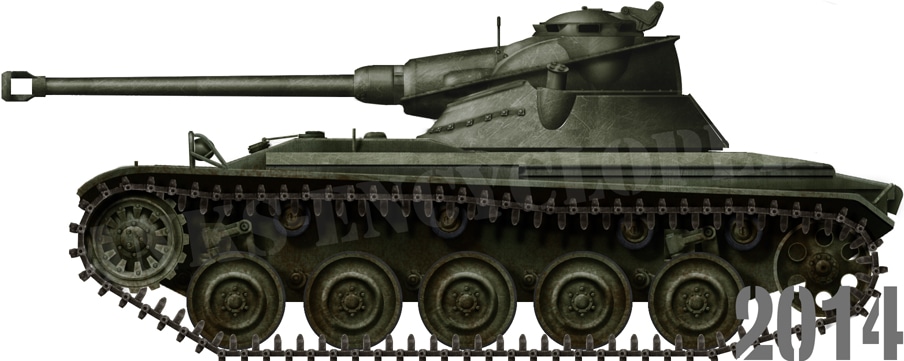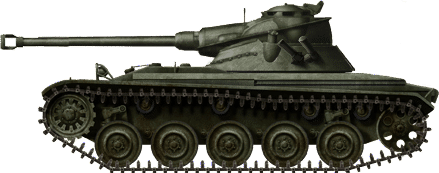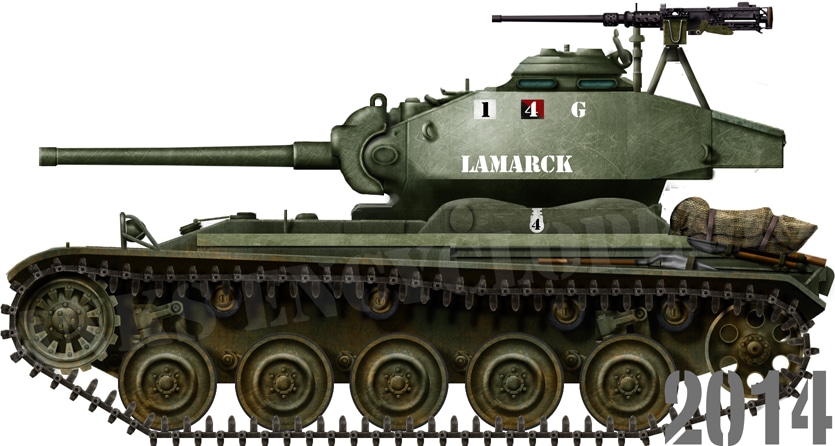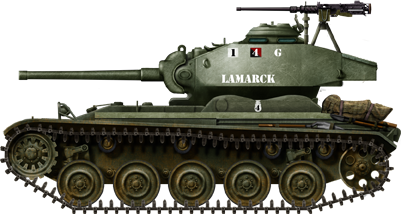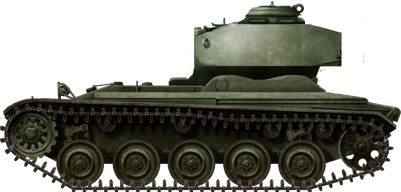 France (1945-1946)
France (1945-1946)
Light and Medium Tanks – 11 Operated
If the French colonial empire was to have two shining pearls, one would be the close shores of French North Africa. The other would be the distant colonial ensemble that was French Indochina. The result of a long process of colonial expansion began during the Third French Empire establishing control over Cochinchina and Cambodia in 1862-1863. The formation of the French far east colony ended with France taking over lands previously belonging to the Rattanakosin Kingdom in 1907.
This far-away colony comprised the lands of current Vietnam, Laos and Cambodia. It suddenly became very vulnerable when France fell to Germany in 1940. French Indochina was nominally loyal to the legal government of France, which was the Vichy Regime. However, in practice, the long distance between what remained of the unoccupied mainland and Indochina – thousands of kilometers of ocean, patrolled by British ships to which the Vichy French were by no means friendly – meant the colony was practically on its own. This resulted in East Asian powers taking back the initiative against the French colonizers. First, the Japanese-supported Kingdom of Thailand attacked during the Franco-Thai War of October 1940-January 1941, leading to an inconclusive military situation but Thailand taking back some contested territories. The decisive hit to Indochina’s integrity and French control would be made by Japan though, with the Japanese first entering Indochina in September of 1940. Japan would then progressively eat at the integrity and independence of the French colonial authorities, until all French administrators and soldiers were detained, in conditions not different from those of other war prisoners, in March of 1945.
Return of the tricolor
The surrender of Japan left a big power gap in what used to be Indochina, which the local independence movement – the Viet Minh – would use to try and seize power during what would be called the “August Revolution”. From late August 1945 onward though, French troops would start to return to Indochina – with the French government determined to keep its eastern colonial jewel intact. At first, there was a sort of uneasy peace between the French and Viet Minh, with only some occasional skirmishes, as both sides were trying to reach some sort of compromise. At the same time, a conflict in the future was still a likely occurrence, and French forces in Indochina were preparing for such an eventuality.
Though French forces did return with some armor, in the form of mostly M5A1s, M8 Greyhounds and Scotts, Coventry and Humber armored cars, many of these were war-weary, and it took time to ship them to Indochina. As such, any additional armor that could be found locally was welcome.

In Cambodia, several Japanese armored vehicles could be found – these likely being located in the capital, Phnom Penh. 11 tanks were found in total – including at least 4 Type 95 Ha-Gos and 1 Type 89 I-Go. A number of Renault UE tankettes were also found – they may have been some vehicles converted into light armored fighting vehicles by mounting a small machine gun armed casemate back in 1940.
The formation of the Commando Blindé du Cambodge
All these armored vehicles recovered in Cambodia would be used to create an ad-hoc unit, the Commando Blindé du Cambodge (ENG: Armored Commando of Cambodia). This was a small unit of three platoons, each comprising three tanks and two Renault UEs, formed in the Cambodian capital of Phnom Phen on 16th September 1945.
The unit’s service life appears to have been fairly uneventful – seeing as most of the year 1946 was spent with little to no open conflict. The unit was moved from Phnom Phen to another city to the north-west, Siem Reap, in August 1946, in order to reinforce the local garrison formed by the French 1er Bataillon de Parachutistes SAS (SAS paratroopers battalion).

Operation of the Japanese armor
Very little is known of the Commando Blindé du Cambodge, on how it used and how it maintained its Japanese vehicles. The most that is known can be deduced from the photographs of the unit’s Japanese vehicle fleets.
The most noticeable thing can be found on the Ha-Gos. The French up-armored the vehicles they used.

This was done by the addition of bolted-on armored plates both to the hull front and turret sides. The thickness of these is unknown, but it is distinctly observable, particularly on the hull. The plates included a cut-out for the central hull machine gun. When it comes to the turret, the additional plates did not cover the entire sides, but rather the top three-quarters of the turret’s flanks. It is also on these additional side-plates that the names given to the vehicles by the troops of the Commando Blindé du Cambodge were inscribed. Three vehicle names are known currently: “Joffre”, “Lyautey” and “Dupleix”. Lyautey and Dupleix were both figures of France’s colonization progress (Lyautey in Morocco in the early 1900s, and Dupleix in India back in the 18th century) while Joffre was a famed World War One Marshall of the French Army. As for the Type 89s, one is known to have been named “Bugeaud”, after a figure of the French colonization of Algeria.

Out of operation… before the fighting actually began
In September of 1946, the Commando Blindé du Cambodge would be reformed into the 8th escadron of the 5ème Régiment de Cuirassiers. The Japanese tanks were apparently used by the regiment for a very short time, and appear quickly have been replaced by the standard vehicles operated by the 5ème Cuirassiers at that time: British Coventry and Humber armored cars. This was before hostilities escalated in Indochina, from the November of 1946 Haiphong Incident onward. As such, it would appear that the Japanese tanks re-used by the French were never employed in combat, or if so, only in very light protection duties.

Conclusion – Another example of the use of captured vehicles by the French
The Commando Blindé du Cambodge was but one of multiple examples of the French making use of captured Axis material during the last months of the Second World War and the following months. In Europe, the use of vehicles captured from the Germans was also very common. Another ad-hoc unit was formed in France using captured German vehicles, the Escadron Autonome Besnier, and it would actually see some action against German coastal pockets in the last months of World War Two. On the front itself, the French re-used captured Panther tanks, which would soldier on for several years after the war. Much lesser known is the fact that the French also reused Italian armor in North Africa. L6/40s, M13/40s and AB 41 are known to have been used by the French, with the later appearing to still remain in use by the French Gendarmerie in 1949.
On the flip-side, Japanese forces appear to have made use of whatever few armored vehicles were captured in Indochina, though their use of French armor is even more nebulous. A notable known case is that a rare (only four were fully completed and sent to Indochina) colonial version of the Panhard 178 armored car, the Panhard 178 colonies, fitted with a one-man APX 5 turret, was captured by the British in Malaysia at the end of the hostilities – suggesting the vehicle had been actively used and moved between different Japanese-occupied territories.

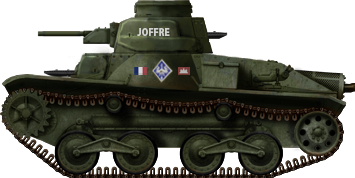
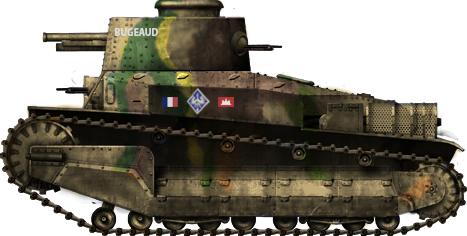
Sources
Char-français
Tous les blindés de l’Armée Française 1914-1940, François Vauvillier, Histoire & Collection editions
French Armour in Vietnam 1945-1954, Simon Dunstan, Osprey Publishing
http://indochine54.free.fr/cefeo/orgs.html
La Cavalerie en Indochine, Michel Bodin, Guerres mondiales et conflits contemporains 2007/1 (n° 225)

